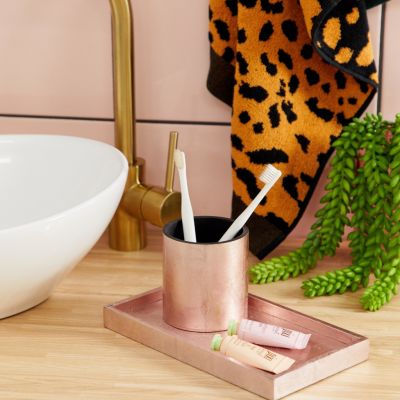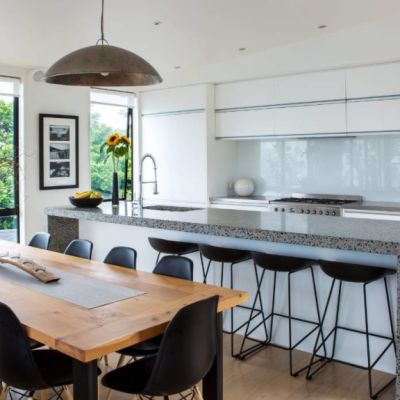The real deal: How to tell a designer piece of furniture from a fake
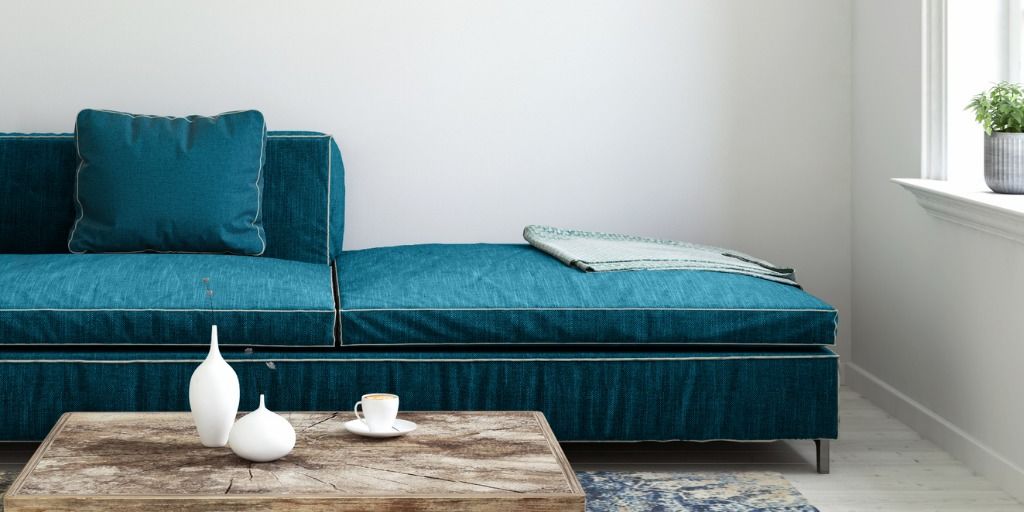
These three classics make great investment pieces if your budget stretches to the real deal. Here’s what you need to know and how to spot the genuine article.
Noguchi coffee table
Isamu Noguchi is often remembered for the fairly humble three-legged coffee table which bears his name. Noguchi was the son of a Japanese poet and a Scottish/American writer and as such considered himself an internationalist.
The designer made his prototype table from objet trouve; its organic, fluid shape epitomised the zeitgeist of the time and comprised a free-form sheet of heavy sheet glass atop two curved, interlocking legs set at right angles.
The first commercially produced examples were introduced to the market by Michigan-based furniture company Herman Miller in 1947.
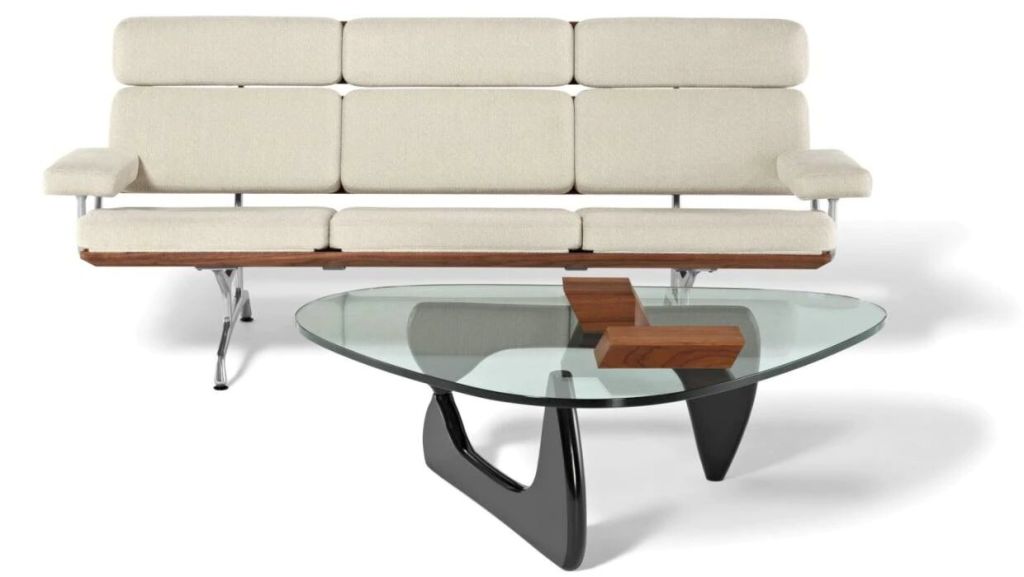
Since then the table has received worldwide accolades. It has been called poetic and “haiku-esque”, achieving enduring appeal in just a few “brush strokes”.
Loved by mid-century fans, it may also find favour with families who appreciate its curves and lack of sharp edges. Much-copied, the genuine article starts at about $3200 and is considered an investment piece.
Secondhand-buyers should look for the designer’s signature etched into the longest edge of the glass top – it’s a subtle but definite sign of authenticity. The designer’s initials are also carved into a medallion beneath one of the legs.
Louis Ghost chair
The Louis Ghost chair has become an icon and as such has been copied and mass-produced. But it wasn’t Louis that was supposed to capture public attention, it was La Marie, the chair’s predecessor.
Released in 1998, this straight-backed chair was the world’s first to be made from a single mould in polycarbonate. But it was only when Philippe Starck “ghosted” the design of an 18th-century Louis XVI upholstered armchair and produced it in transparent plastic that Kartell had a real winner on its hands.
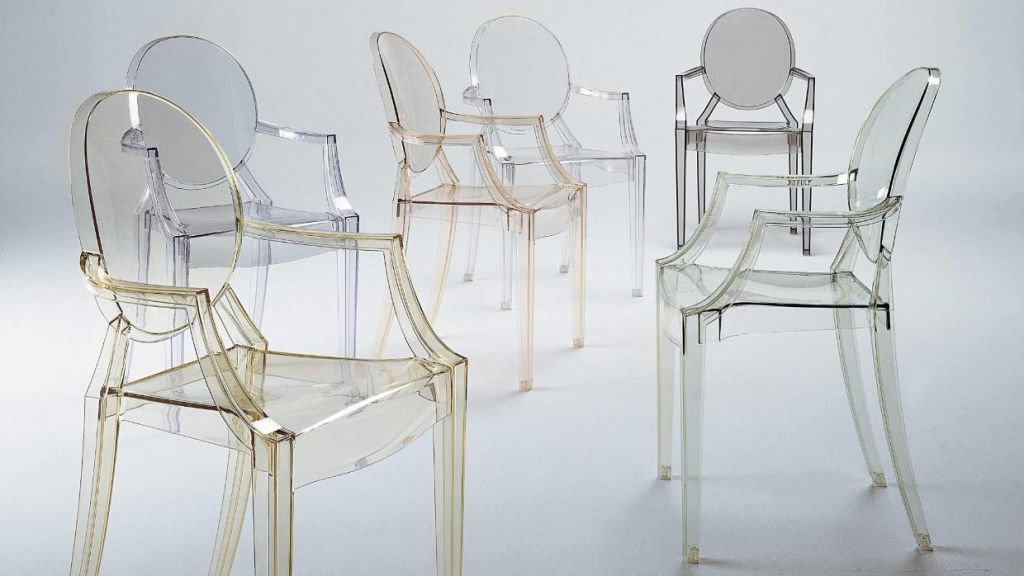
Durable, versatile and stylish, the chair is considered to be both feminine and masculine in form, and futuristic in its materiality. Here’s a chair that can be used at a desk, pulled up to a dining table or taken into the great outdoors and is beautifully ethereal in any setting.
It’s not easy to emulate the crystalline brilliance of the Kartell aesthetic and copies can appear milky instead. An original has no joints or bindings and is strong and flexes. Look also for the embossed mark on the seat – genuine articles will have a date, Kartell branding and the designer’s signature.
Arco lamp
Achille and Pier Giacomo Castiglioni only had eyes for the lighter side of life when they introduced the Arco floor lamp to the world in 1962. Its graceful arc seemed to easily span the decades so that this mid-century design for lighting company Flos has a continuing place in our homes.
Form and function truly do collide in the Arco. The Castiglionis were both industrial designers and it all began when they noticed that many buildings had electrical outputs in the middle of the ceiling that weren’t necessarily positioned over the centre of the dining table.
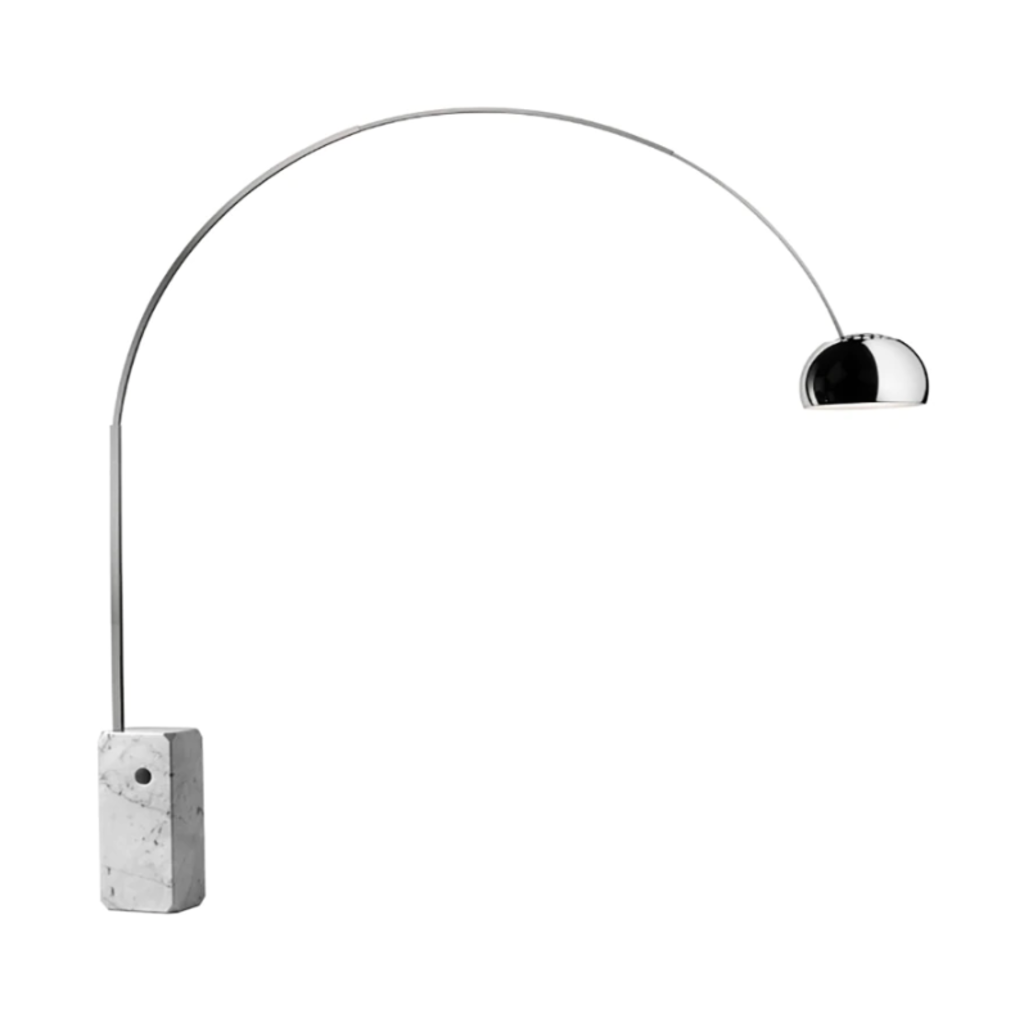
They put their heads together to craft a standing light that would do the job, without the base getting in the way. Modelled on a street lamp, the telescopic arm of the Arco stretches over two metres – problem solved. Except for one thing. How to counterbalance that fabulous stem and its flower-like head?
The answer was a heavy block of Carrara marble. As Achille Castiglioni explained, marble took up less space than concrete – the brothers’ first thought – and they could achieve a better finish for a lower cost.
There are tricks to spotting the real thing. Look through the perforated openings on the lamp casing for the company logo (Flos) around the edge of the bulb fitting. The casing itself should swivel around so that the light can be angled in any direction.
Also, check the stem has a satin aluminium finish and comes in three sections. Finally, make sure the base is actual marble. Artificial marble-look products tend to have a consistent colour and a repeat in the pattern.
– This piece originally appeared on Stuff
We recommend
We thought you might like
States
Capital Cities
Capital Cities - Rentals
Popular Areas
Allhomes
More
